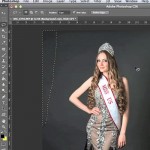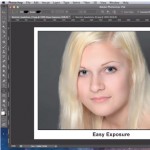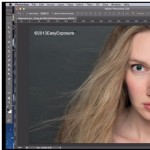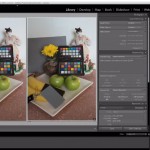VIP STUDENTS
Login
Categories
-
Recent Posts
- Lesson 37 – HDR Photography
- Lesson 36 – Exposure Bracketing and How to Shoot More Than Three Images (Photography Tutorial)
- Lesson 35 – Exposure Compensation (Photography Tutorial)
- Lesson 34 – Photographing Christmas Light or Any Type of Lights at Night (Night Photography)
- Lesson 33 – Buying DSLR Camera
- Lesson 32 – How to Extend the Background in Photoshop using Content Aware Fill
- Lesson 31 – Filters (Photography Lesson)
- WPPI 2015
- Lesson 30 – Nikon and Canon lenses overview
- Lesson 29 – Taking a Self-Portrait and Tethering with Lightroom
Tag Archives: tutorial
Lesson 25 – Creating the Frame around the Image in Photoshop
Lesson 24 – How to Watermark Images in Photoshop (batch process)
Lesson 23 – DoF Calculator and Hyperfocal Distance
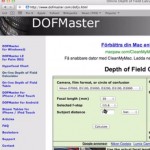
In this photography lesson we will be learning about Depth of Field (DoF) and how to calculate it knowing aperture, focal length of the lens and distance to the subject. We will also talk about Hyperfocal Distance. DETAILS FROM THE VIDEO: Depth of field Calculator: Depth of Field Calculator Depth of Field (DOF) is the distance between the nearest and farthest objects in a scene that appear sharp/in focus in an image Depth of Field depends on Aperture, focal length of the lens, distance to the subject and also size of camera sensor Hyperfocal Distance If you focuse on … Continue reading
Lesson 22 – How to Correct White Balance with Grey Card in Lightroom and Camera Raw
Lesson 15 – How to take pictures of Fireworks
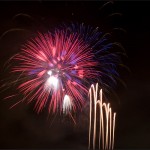
Happy 4th of July! In this lesson I will show you how to shoot fireworks, what you will need for it and what should be your camera setting. SOME INFO FROM THE VIDEO: FOR TAKING PICTURES OF FIREWORKS YOU WILL NEED: 1. Find a good location 2. Use a tripod 3. Use a cable release 4. Wide angle lens is a good idea 5. Set your camera to manual focus and set your focus to infinity on the lens 6. Put your camera in manual mode 7. Low ISO (100-200) 8. Aperture F8-F11 9. Use slow shatter speed. You … Continue reading
Lesson14 – Raw vs Jpeg

In this photography lesson we will be compering raw and jpeg files, their pros and cons, situations to use one or another. SOME INFO FROM THE VIDEO: RAW processing software : – Adobe Lightroom – Adobe Camera Raw (Comes with Photoshop) – Capture One – Picasa – Nikon Capture NX – Canon’s Digital Photo Professional (DPP) _____________________________________________ RAW in different cameras: NEF ( Nikon) CR2, CRW (Canon) SRF, SR2 (Sony) ORF (Olympus) PEF (Pentax) RW2 (Panasonic) MEF (Mamiya) _____________________________________________ JPEG files: PROS: 1. File size is much smaller 2. No need for postprocessing 3. Files are ready … Continue reading
Lesson 13 – Sunny 16 Rule
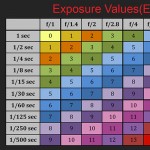
Did you ever wondered how back in the day photographers could get a good exposure without all this equipment we have now? They actually used a Sunny 16 rule. You will learn about it in this photography lesson. VISUALS FROM THE VIDEO: Exposure data: ISO 100 F/16 1/125 Camera:Nikon D7000 Lens: Nikon Nikkor 50mm f/1.4 Exposure data: ISO 100 F/4 1/2000 Camera: Nikon D7000 Lens: Nikon Nikkor 50mm f/1.4
Lesson 12 – Light Metering

This lesson is about very important aspect of photography, which is light metering. We will be talking about incident and reflected metering. We also will go through different metering modes in the camera (like spot, average, matrix, center-waited). VISUALS FROM THE VIDEO: TAKE A QUIZ TO TEST THAT YOU HAVE LEARNED IN THIS LESSON.






